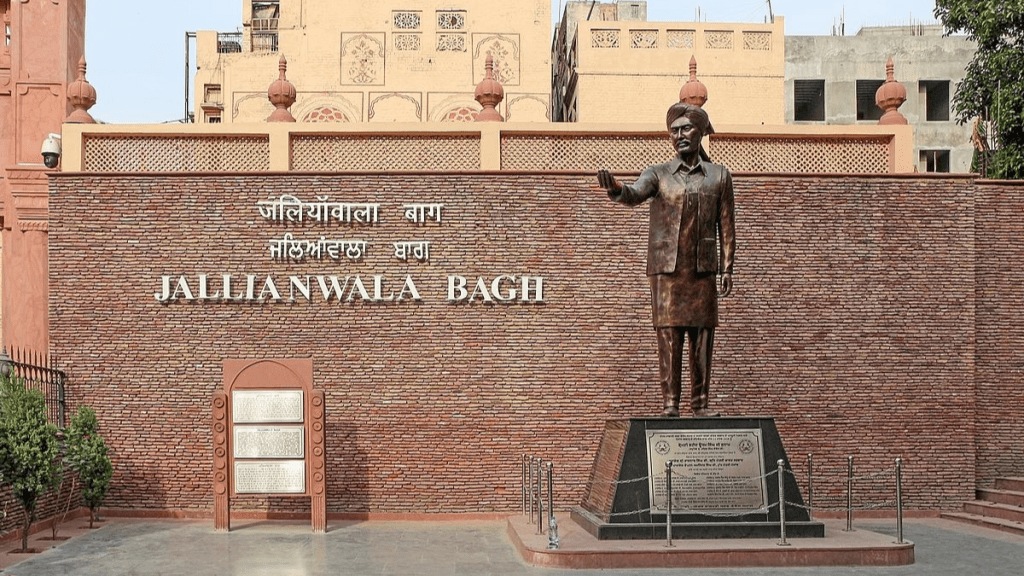The Jallianwala Bagh massacre, one of the worst moments in India’s colonial past, is still ingrained in the nation’s collective memory even after 105 years. On April 13, 1919, a large peaceful gathering had formed at Jallianwala Bagh in Amritsar on Baisakhi to protest against the Rowlatt Act.
General Dyer, a British commander stationed in Punjab, ordered as many as 50 troops in Amritsar to start shooting at civilians, including women and children around 5 pm. The number of fatalities or injuries is still up for debate more than a century after the incident, and Britain has still not issued a formal apology. The tragedy sparked a nationalist movement that aimed to achieve independence and attracted significant international attention.
Lesser-known facts:
- Dyer continued ordering the troops to open fire at the areas where the mob was the densest. For 10 minutes, the unfortunate men, women and children were subjected to gunfire.
- Up to 1,650 shots were fired, and although the British officially reported 379 deaths, many people think that the real number was closer to thousands.
- Dyer promptly enforced a rigorous curfew on the region, guaranteeing that medical assistance would not be able to reach the injured.
- The massacre was a pivotal moment in the Indian freedom movement that sent shockwaves both domestically and internationally. Rabindranath Tagore surrendered his knighthood in protest of the Jallianwala Bagh massacre, stating that Britain could no longer claim any “political expediency, far less moral justification”.
- Mahatma Gandhi started the non-cooperation movement after the Jallianwala Bagh Massacre.
- In moments of panic, some people tried to climb the walls and were shot down; others jumped into the well and were crushed under the weight of the many others who did the same.
- It is said that shortly after the massacre at Jallianwala Bagh, Bhagat Singh went to the place and even took some bloodstained soil with him.
- Not to be mistaken from the name but Jallianwala Bagh is a confined area with walls encircling the three other sides and a rear wall made up of buildings and other constructions. The only entrance to the bagh is through the ground area, which also is assumed to be a reason for people being stuck there during the 1919 massacre.
- The sole witness of the massacre, Shingara Singh, passed away on June 29, 2009 at the age of 113.
- Latest research of this incident conducted by historian Hardeep Dhillon has discovered that the British government established a blatantly racialised legal framework to recompense European victims of the massacre, while undervaluing the claims made by the relatives of Indians killed or injured in the incident.

